#slaves
Text
Archaeologists have unveiled fresh secrets hidden within George Washington's 18th century Mount Vernon mansion, including a surprisingly pleasant scent trapped in two 250-year-old glass bottles.
22 notes
·
View notes
Photo
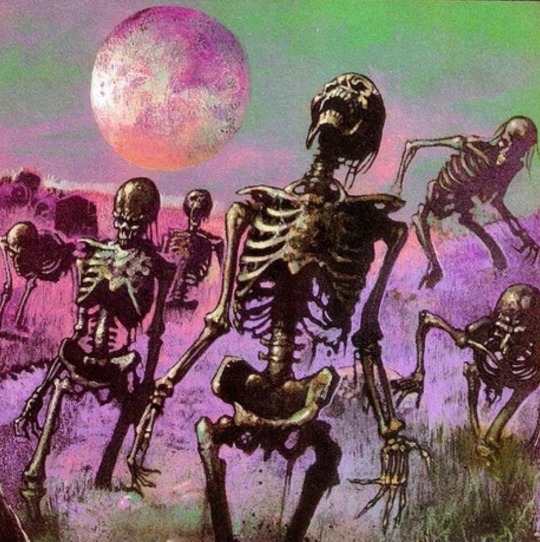
#memento mori#slaves#slave#art#painting#evil dead#artwork#Illustration#illustrations#skeletonization#skeletons#skeleton#life after death#comics#comic
984 notes
·
View notes
Text




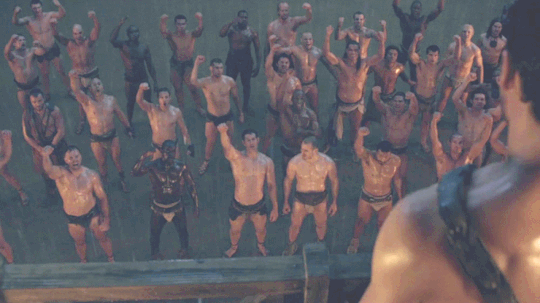

Spartacus Blood and Sand
#spartacus blood and sand#shirtless#slaves#gladiators#andy whitfield#jai courtney#andywhitfield#jaicourtney#spartacus#ludus#shirtless spartacus#roman slaves#roman gladiators#prisoners
182 notes
·
View notes
Text
·Bloody walls, from a Bloody City of bleeding men·
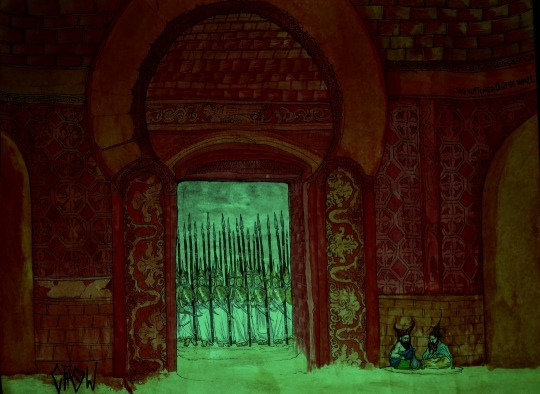
The Great City of Astapor.
#fanart#drawing#illustration#asoiaf#a song of ice and fire#the winds of winter#game of thrones#asoiaf fanart#valyrian scrolls#art#Essos#astapor#unsullied#eunuch#ghis#ghiscari#sons of the harpy#slaves#a storm of swords#daenerys targaryen#kraznys mo nakloz#grey worm
138 notes
·
View notes
Text

The comprehensive Negro Act of 1740 passed in South Carolina made it illegal for slaves to move abroad, assemble in groups, raise food, earn money, and learn to write English (though reading was not proscribed).
#black tumblr#black history#black literature#black excellence#black community#civil rights#black history is american history#slaves#black lives matter#american history#world history#african american history
169 notes
·
View notes
Text

#wage slavery#slavery#chattel slavery#slaves#slave#slavetothewage#slave to the grind#anti slavery#antiwork#eat the rich#eat the fucking rich#jeff bezos#fuck bezos#bezos#jeffrey bezos#class war#ausgov#politas#auspol#tasgov#taspol#australia#fuck neoliberals#neoliberal capitalism#anthony albanese#albanese government#billhaywood#anti capitalism#anticapitalista#capitalism
62 notes
·
View notes
Text

Blackbirding is the coercion of people through deception or kidnapping to work as slaves or poorly paid labourers in countries distant from their native land. The practice took place on a large scale with the taking of people indigenous to the numerous islands in the Pacific Ocean during the 19th and 20th centuries. These blackbirded people were called Kanakas or South Sea Islanders. They were taken from places such as Papua New Guinea, the Solomon Islands, Vanuatu, Niue, Easter Island, the Gilbert Islands, Tuvalu, Fiji, and the islands of the Bismarck Archipelago amongst others.
#kemetic dreams#blackbirding#kanakas#south sea islanders#paua new guinea#solomon islands#fiji#slaves#indentured servitude#domestic servitude#pacific ocean
113 notes
·
View notes
Photo
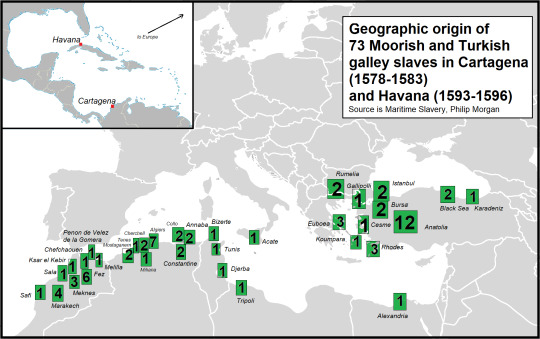
Geographic origin of 73 galley slaves of the Spanish in the Caribbean
64 notes
·
View notes
Text
It’s so hot to see you suffer

#degrading#sissy domination#bd/sm slave#feetcurves#feetfetishcommunity#humiliation sissy#gonners#slaves#simps#worship
71 notes
·
View notes
Text
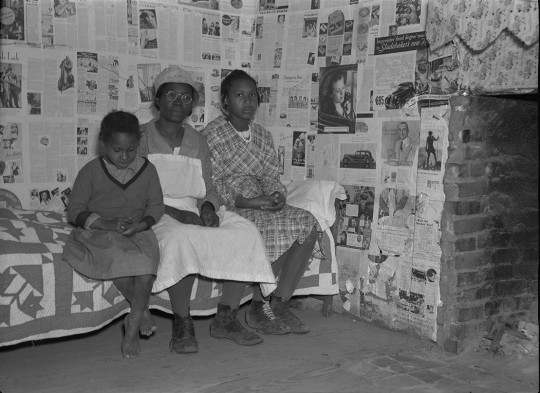
"Descendants of slaves of the Pettway plantation, at Gees Bend, Alabama. They are still living very primitively on the plantation, February 1937"
Photo: Arthur Rothstein
30 notes
·
View notes
Text
#speak up#stop genocide#genocide#congo🇨🇩#congo#africa#the silent genocide#silent genocide#free congo#usa#tech#technology#colton#iphone#phones#rape#child abuse#abuse#murder#slaves#death
68 notes
·
View notes
Text

𝔈𝔡𝔲𝔞𝔯𝔡𝔬 𝔙𝔞ñó
#Eduardo Vañó#art#artwork#painting#illustration#goat#satan#slaves#illustrations#pulp art#sacrifice#sos#SOS magazine#1981#80's#80s#cover art
63 notes
·
View notes
Text
The captivating saga of the rise and fall of the Khwarazmian Empire took place against the backdrop of Central Asia from the 11th to 13th centuries. Positioned strategically along the fabled Silk Road, this empire emerged as a formidable force. Led by illustrious figures such as Ala al-Din Tekish and Muhammad II, it ascended to unprecedented heights, fostering vibrant trade networks and facilitating rich cultural exchanges.
Embodied within its chronicles are epochs of rapid expansion, diplomatic maneuvers and decisive confrontations with formidable adversaries such as the Mongols and the Seljuks. However, fatal missteps ultimately led to its demise, culminating in the untimely collapse of the once-mighty Khwarazmian Empire at the hands of none other than the infamous Genghis Khan.
26 notes
·
View notes
Text

What to the Slave Is the Fourth of July?"[1][2] was a speech delivered by Frederick Douglass on July 5, 1852, at Corinthian Hall in Rochester, New York, at a meeting organized by the Rochester Ladies' Anti-Slavery Society. In the address, Douglass states that positive statements about American values, such as liberty, citizenship, and freedom, were an offense to the enslaved population of the United States because they lacked those rights. Douglass referred not only to the captivity of enslaved people, but to the merciless exploitation and the cruelty and torture that slaves were subjected to in the United States.
#black tumblr#black literature#black history#black community#black excellence#civil rights#black history is american history#civil rights movement#black girl magic#blackexcellence365#equal rights#equality#black lives matter#slaves#african american#african slavery#black people
192 notes
·
View notes
Text

#slavery#wage slavery#chattel slavery#anti slavery#poverty#antiwork#capitalism#anti capitalist#capitalist hell#capitalist dystopia#capitalist bullshit#class war#eat the rich#eat the fucking rich#slaves#slave#slave to the grind#slavetothewage#ausgov#politas#auspol#tasgov#taspol#australia#fuck neoliberals#neoliberal capitalism#anthony albanese#albanese government#anti capitalism#anti capitalist love notes
73 notes
·
View notes
